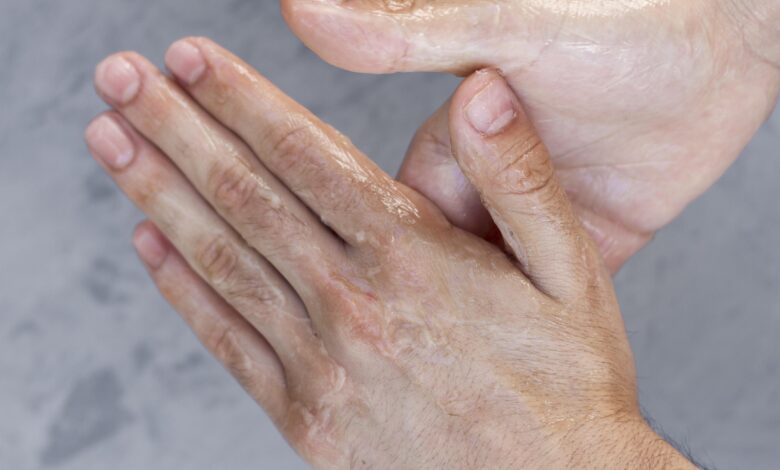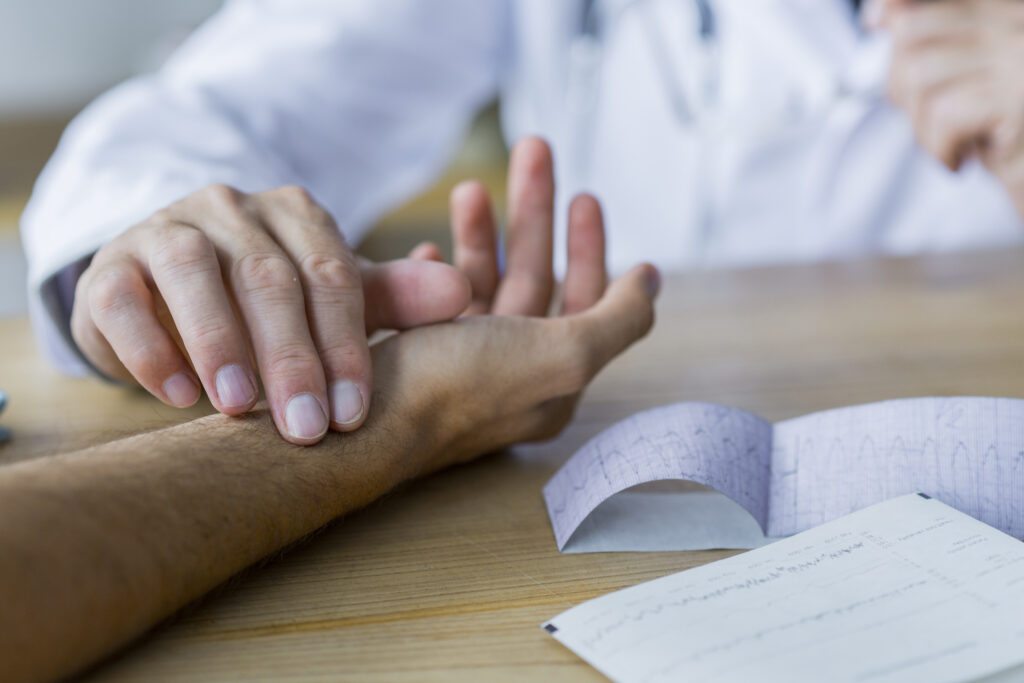Understanding Loguytren Problems: A Deep Dive into Hand Health Issues 2025

Loguytren problems, often referred to more clinically as Dupuytren’s contracture, can be a confusing and frustrating experience for many people. This condition might sneak up on you slowly and subtly, but once it makes its presence known, it can significantly affect your daily life. If you’re dealing with tightness in your fingers or difficulty straightening them, you might be experiencing the signs of this lesser-known yet surprisingly common condition.
In this article, we’ll walk you through everything you need to know about loguytren problems: what they are, what causes them, how to manage them, and what to expect if you’re diagnosed. We’ll break it down in plain English while still giving you the expert insight you deserve.
What Are Loguytren Problems?
Let’s start at the beginning. Loguytren problems—more accurately known as Dupuytren’s contracture—are a type of connective tissue disorder that affects the palmar fascia, a layer of tissue in your hand just beneath the skin.
The Science Made Simple
Normally, the fascia is a flexible and thin sheet that helps your hand move smoothly. But in Dupuytren’s, that fascia thickens and tightens over time. This can cause the fingers (usually the ring and pinky fingers) to curl inward toward the palm in a fixed position. Once the finger contracts, you can’t straighten it back out on your own.
Slow and Sneaky Development
What’s particularly tricky about this condition is how slowly it develops. At first, you might notice a small lump or nodule in your palm. It might feel like a callus or a little knot. Over time, cords of tissue form and pull your fingers into a bent position. This can take months or even years to really become noticeable—and many people don’t seek treatment until it’s significantly progressed.
Not Just a Hand Problem
Even though the physical effects of loguytren problems are visible in the hand, the impact can extend far beyond. Simple tasks like shaking hands, typing, cooking, or buttoning a shirt become annoying, or even impossible. It can affect your self-esteem and your independence, especially as the condition worsens.
What Causes Loguytren Problems?

Like a lot of things Loguytren Problems in the medical world, there’s no one-size-fits-all answer here. But researchers have identified a mix of genetics, environmental factors, and health conditions that may play a role.
Genetic Predisposition
If you’ve got Northern European roots, you might be more prone to loguytren problems. That’s why Dupuytren’s is sometimes nicknamed the “Viking Disease.” It tends to run in families and is more common in men over the age of 50.
Lifestyle and Health Factors
While genetics is a big piece of the puzzle, other factors might increase your risk or speed up the progression:
- Smoking and alcohol use – These habits can affect blood flow and tissue health, potentially triggering or worsening contracture.
- Diabetes – People with diabetes are at increased risk, possibly due to changes in collagen metabolism.
- Seizure disorders – There’s some evidence linking epilepsy medications with Dupuytren’s, though this connection isn’t fully understood.
Injury and Overuse?
Interestingly, loguytren problems aren’t typically caused by injury or repetitive hand motions. That surprises a lot of people. It’s a common myth, but there’s little evidence to support trauma as a root cause.
Symptoms to Watch For
Catching the signs early can make a world of difference in how well you manage the condition. While Dupuytren’s doesn’t usually cause pain, the symptoms can sneak up quietly.
Early Warning Signs
- A small, firm lump or bump in the palm, often near the ring or pinky finger
- Skin on the palm feels thickened or puckered
- Trouble laying your hand flat on a surface (this is called the “tabletop test”)
When It Starts to Get Serious
- Fingers (especially the ring and pinky) begin to curl inward
- You find it hard to straighten those fingers, even with help
- Everyday hand movements become stiff or awkward
Progression Varies
One frustrating thing about loguytren problems is how unpredictable they are. Some people stay in the early stages for years without much issue. Others can experience rapid progression. There’s really no clear timeline, which makes regular monitoring important.
Diagnosing Loguytren Problems
Getting a diagnosis is usually straightforward—but don’t put it off. The earlier you confirm what’s going on, the more treatment options you’ll have available.
Simple Clinical Evaluation
Doctors don’t typically need fancy tests to diagnose loguytren problems. A physical exam is often enough. Your doctor will ask about your symptoms, check your hand’s flexibility, and might use a ruler or goniometer to measure the angle of finger contracture.
Imaging Isn’t Usually Necessary
In rare cases, an ultrasound or MRI might be used to rule out other conditions, but most of the time, they aren’t needed.
Treatment Options: From Mild to Major
There’s no “cure” for Dupuytren’s, but there are many ways to manage it—some non-invasive, others more aggressive.
Watching and Waiting
If your symptoms are mild, your doctor might recommend just keeping an eye on things. Regular check-ups will monitor the contracture angle and determine whether action is needed.
Non-Surgical Treatments
- Steroid injections: These can help with inflammation and slow progression, especially in early stages.
- Needle aponeurotomy: A needle is inserted into the tissue to break up the tight cords. It’s a quick procedure with minimal recovery time.
- Enzyme injections (collagenase): This breaks down the contracted tissue, allowing your doctor to manually straighten the finger. It’s not suitable for everyone, but it can be effective.
Surgical Options
When the condition significantly affects your hand function, surgery might be your best bet.
- Fasciectomy: This involves removing the thickened tissue. It’s a more involved procedure but offers longer-lasting results.
- Dermofasciectomy: In severe cases, doctors remove both the affected fascia and some skin, often followed by a skin graft.
Living with Loguytren Problems: Daily Life Tips
Even if your condition doesn’t require surgery, it’s still a good idea to make some adjustments to your day-to-day routine.
Keep Moving
Gentle hand stretches and exercises can help keep your fingers as flexible as possible. Ask a physical therapist for exercises that suit your stage of the condition.
Modify Your Tools
Ergonomic tools, voice-to-text software, and adaptive devices can make your life easier. Think about how you can reduce hand strain while maintaining independence.
Mental and Emotional Support
Living with a chronic condition like Dupuytren’s can take a toll emotionally. Frustration, embarrassment, and anxiety are normal. Connecting with support groups or talking to a therapist can be incredibly helpful.
Final Thoughts: Don’t Ignore Loguytren Problems
Loguytren problems aren’t just a nuisance—they can become a serious barrier to your independence if left untreated. The good news? With early intervention and the right care, you can maintain mobility, minimize discomfort, and keep doing what you love.
If you’re noticing the early signs or you’ve been dealing with hand stiffness for a while, don’t shrug it off. Talk to a doctor, track your symptoms, and explore your options. It’s your hand, your health, and your life—and you deserve to have control over all three.


